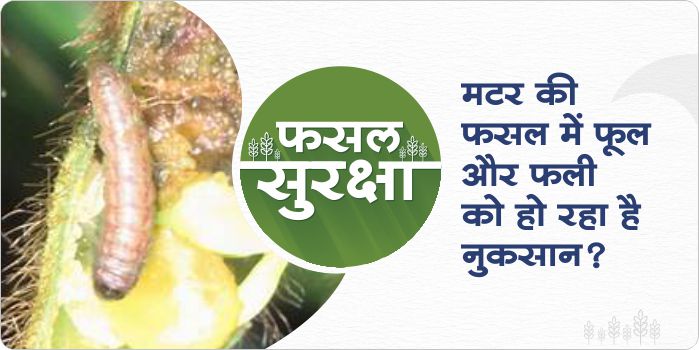Along with the pollution caused by farmers burning crop residues in the fields, the fertility of the fields is also decreasing. Keeping these problems in mind, the government keeps urging farmers not to burn crop residues. However, now the Madhya Pradesh government is going to take a new step on this issue, which can solve this problem forever.
A plan is being worked out to prevent environmental damage due to burning of crop residues in Madhya Pradesh. Under this, it is proposed to set up units to produce fuel from crop residues in the state. The state agriculture minister has said that to stop the environmental damage caused by burning the crop residues, units will be set up to make fuel from the crop residues.
Source: India dot com
Share









